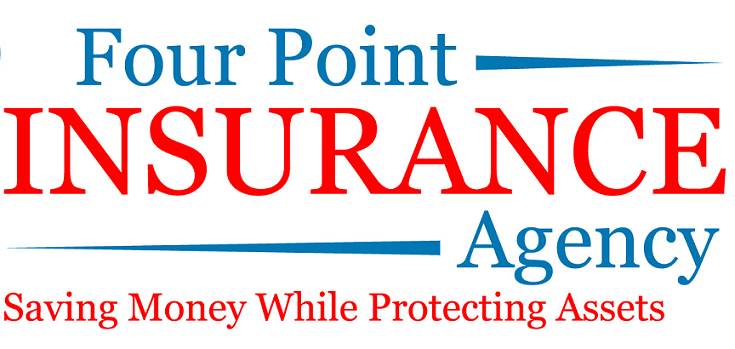
In 2020, Joe DiPastena felt confident enough to retire earlier than planned. But by 2022, he was having second thoughts and went back to work.
“When the economy started to tank and my investments started to dwindle…I started to get pretty nervous,” said DiPastena, who lives in Phoenix. “I didn’t want to deplete my savings.”
DiPastena, a 64-year-old freelance graphic designer, had considered himself semi-retired in early 2020, with a few clients. But once the pandemic lockdowns were in full swing, that work quickly dried up. Still, he was feeling good about retirement and felt his finances were in good shape.
But this year, his confidence began to wane.
After the S&P 500 gained 27% in 2021, the first half of 2022 has been one of the worst years in more than 50 years. DiPastena decided the best way to weather the storm was to return to work.
“I just kept on watching my investments go further and further down, and then my financial adviser was saying: ‘maybe we ought to do this or that.’ And it’s like, ‘well the best thing I can do is go get a freaking job,’ ” DiPastena said.
He started a new full-time position as a product specialist in June, in a completely different field than his previous career.
“I feel like I can replenish my savings and…ultimately have more savings than I anticipated.”
The pandemic prompted a wave of workers to retire. Some did so voluntarily. Others lost their jobs, were forced out or accepted buyout packages. But soaring home and stock prices meant those with assets were likely in good financial shape.
“Inflation was still pretty low, we saw markets continue to climb, really through all of 2021, and if you owned your home your real estate equity was skyrocketing — I think it was easy for people to feel financially pretty good about that decision, whether it was their own choice or in many ways forced upon them,” said Sarah House, a senior economist at Wells Fargo.

How much do I need to save for retirement?
But now the economy is on much shakier ground: stock markets have been selling off, recession fears loom and inflation is at a 40-year high.
“Fast forward to this year, and we’ve seen a bear market in equities and even if you hold a lot of bonds in your portfolio, the value of that has had one of its worst years on record. The script has flipped pretty quickly,” said House.
And falling investment prices aren’t the only problem. When it comes to planning for retirement, there are many unknowns and risk factors to consider — including inflation. But a 9.1% annual increase in consumer prices is hard to predict and takes a toll on those living on a fixed income.
The recent rises in inflation have been a lot higher than the average financial planner is going to use in their modeling, according to Kyle Newell, a certified financial planner in Florida. “Typically for just your general living expenses you see maybe a 2% to 3.5% inflation assumption in that planning.”
Connie Weyant has felt the impact of higher prices on her retirement savings — particularly the increase in prices for building materials.
After almost 40 years of working in local government, Weyant decided to retire in 2019.
“I had a great career and wanted to go out on top,” said Weyant, 59, who lives in Fairfax, Virginia. “I loved my job. I knew I had saved for retirement and bought my retirement home.”
She had a pension and investment savings and talked with her financial planner before deciding to leave the workforce. “I felt good.”
But she didn’t count on everything becoming so much more expensive.
“My costs, like everybody, have gone up exponentially just living within the same standard that I had before, which is pretty basic. But still, everything is so expensive.”

What today’s retirees want future retirees to know
When a bathroom in her home needed some renovations, she found herself facing much higher costs because of recent supply chain disruptions and rising prices for building materials.
“I am stunned at what the cost is,” she said. “You have to pay the prices because you have to have a functioning bathroom.”
She started looking for a job earlier this year to help offset some of the higher prices. In April, a volunteer position she was doing turned into a part-time job.
“The job is gratifying but also helpful to be able to cover the semi-panic that is setting in with the investments that are going down and having to think about everything you do differently now because everything is so much more expensive.”
Bill Donaldson spent his entire career at a large company in Phoenix, starting as a software engineer and working his way up to a management role. For three decades he made sure to max out his 401(k) and also had a pension.
He had been thinking about retiring for a few years leading up to the pandemic — he wasn’t finding the work as fulfilling as it used to be and his financial adviser gave him the green light. And then a few months into the pandemic, he requested a voluntary layoff.
“When the option came up that I could retire now and still get paid for six months, that’s not bad.”
Since he was 56 when he retired in 2020, he planned on using his non-retirement accounts to live on to avoid any early-withdrawal penalties.
“At the beginning of this year, as the stock market started going down and prices started going up, I was thinking ‘this could make things a little more challenging than I would like them to be.'”
Donaldson had always considered working part-time in retirement to stay active and try new things, and when a recruiter reached out to him for a full-time contractor job at an aerospace company, he decided to go for it.
“It removes any kind of concern that I had with watching my nest egg get whittled down.”
